Tech-Up That Broth! With business growing at double digit rates year over year, the company relies on technology to up its game as it caters to a plethora of sectors including, healthcare, education, defense etc.
By Amrit Mann
Opinions expressed by Entrepreneur contributors are their own.
You're reading Entrepreneur India, an international franchise of Entrepreneur Media.

Providing contract food and support services across India, Compass Group serves more than a million meals. With business growing at double digit rates year over year, the company relies on technology to up its game as it caters to a plethora of sectors including, healthcare, education, defense etc.
Managing resources, integrating business processes and scaling intelligently are some of its key aims. Entrepreneur traces Compass Group's growth journey in a tete-a-tete with its Group IS&T Business Solutions Lead - ASIA & CAMEA, Rahul Yadav.
Tell us more about the India story for Compass?
Founded in 2009, the company currently employs more than 14,500 people. Every day, Compass Group India serves more than a million meals, cleans thousands of square feet and provides business services to hundreds of clients. To make it all happen, the company relies on a vast network of business units, spread across the country.
How is technology helping you in the food supply chain?
With SAP implementation, Compass Group India has moved from disjointed operations to an integrated, standardized approach to the entire procure-to-pay process. New-found operational visibility and control combined with improved collaboration are helping the company make smarter food sourcing decisions, strengthen financial controls in procurement process and reduce costs.
In which year did you adopt IT solutions, how has that fuelled your growth?
We embarked on an ambitious effort to integrate group-wide operations on a standardized, automated set of systems and processes. The company selected SAP® ERP as the key enabler of this transformation, including applications for financials and controlling, inventory management, materials management and sales. We started the project in December, 2014 and went live in June 2015. Now, we can act as a more unified organization.
How do you use technology to meet targets?
We use a common management information system based on standardized, consistent underlying data for all sectors and functional areas and SAP enables the access of this information quickly and easily. We have created management reports in SAP, which provide a igh-level view of the business, and the ability to drill down into data to gain a better understanding of key performance indicators across all sectors.
You cater to a lot of sectors, how does technology help you to ease the process?
Usage of a single technology platform has helped standardized the business processes across all sectors which in turn has helped company bring in the shared services concept in back office functions. (Accounts Receivable, Accounts Payable, Procurement etc.) to support front end unit operations through synergies that will ultimately drive better controls.
How has IT helped you, especially with supplychain?
Today, 95 percent of purchase orders are generated automatically through SAP, and vendors are notified by email as soon as the order is created in our system. This means that the central procurement team
spends less time and effort processing purchase orders, and that operations teams can receive supplies much faster. What's more, the improved back office efficiencies have helped to reduce operating costs.
How are you incorporating technological innovation in your business?
We are looking to enhance the technology footprint in other areas of business operations. For example, we are evaluating a solution for menu planning for our kitchen operations in food services vertical which will enable business to do menu planning at a unit level and forecast their procurement needs better and integrate this information with SAP as the backend system for procurement orders and delivery. Another area we are working upon is the roll out of POS at units for retails sales and it's integration with SAP ERP.
(Originally published in Entrepreneur India magazine's July 2016 edition)













